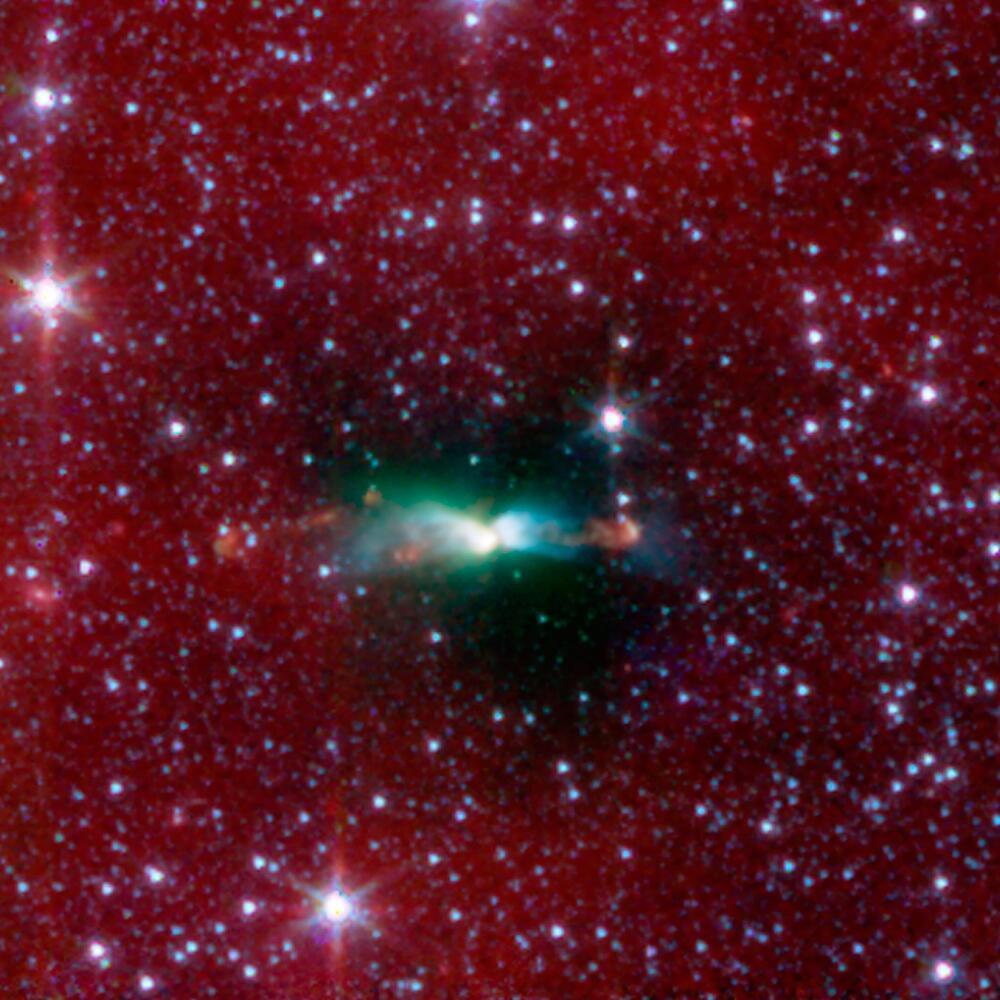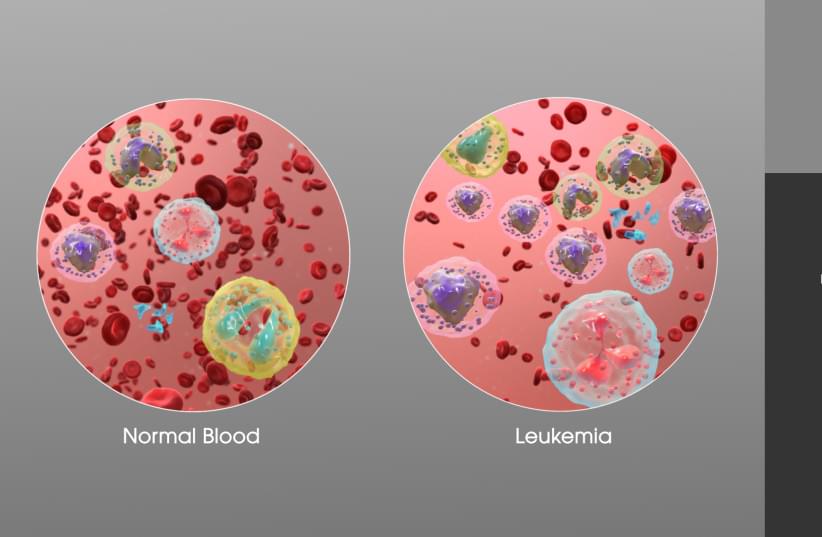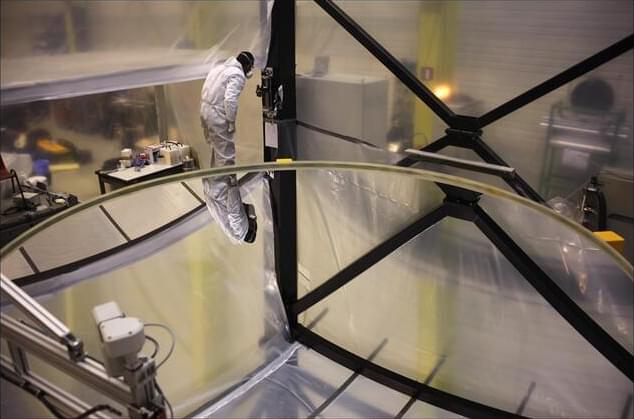Iron-rich rocks in Minnesota give a proxy view into how aqueous interactions with Martian rocks could have shaped that planet’s early environment.



Following the launch of the limited-edition Pioneer Series electric micro car last month, Micro Mobility Systems AG has now opened up an online configuration tool to Microlino reservation holders and confirmed pricing.
The road to production of the Microlino electric bubble car began with a very Isetta-looking all-electric design at the 2016 Geneva Motor Show. This version didn’t reach production, but underwent a retro-modern redesign in 2020 in collaboration with thousands of reservation holders.
Three Microlino 2.0 series editions were announced last year, followed most recently by the launch of the first 999 vehicles to go into production at the company’s dedication manufacturing facility in Turin, Italy.

Investments by Hanwha Group and the potential passage of the Solar Energy Manufacturing Act could expand US production of polysilicon and metallurgical-grade silicon.
From pv magazine USA
REC Silicon and Ferroglobe have signed a memorandum of understanding (MOU) to develop an end-to-end US solar supply chain from raw silicon, to polysilicon, and finally fully assembled modules. Recent investment into REC Silicon by the Hanwha Group, in conjunction with Hanwha’s subsidiary Qcells, was the impetus for the MOU.

From a zoomed out, distant view, star-forming cloud L483 appears normal. But when a Northwestern University-led team of astrophysicists zoomed in closer and closer, things became weirder and weirder.
As the researchers peered closer into the cloud, they noticed that its magnetic field was curiously twisted. And then—as they examined a newborn star within the cloud—they spotted a hidden star, tucked behind it.
“It’s the star’s sibling, basically,” said Northwestern’s Erin Cox, who led the new study. “We think these stars formed far apart, and one moved closer to the other to form a binary. When the star traveled closer to its sibling, it shifted the dynamics of the cloud to twist its magnetic field.”

BEIJING — As Chinese companies race for a slice of the world’s largest car market, they’re betting heavily on assisted driving technology.
China sold nearly 21.5 million passenger cars last year. That’s roughly the equivalent of sales in the United States, Europe and Japan combined, according to industry data accessed through the Wind database.
Electric cars have grabbed a growing share of that Chinese market. Tesla, start-ups like Nio and traditional automakers have jumped in. After initially competing on battery driving range and in-car online entertainment, companies increasingly emphasize assisted driving capability.

Courtesy of Tohoku University
Scientists are ever-seeking to develop safer, higher-capacity, and faster-charging rechargeable batteries to meet our energy needs sustainably. Metal anodes show the highest promise to achieve that goal. Yet the use of alkali metals poses several problems.
In a rechargeable battery, ions pass from the cathode to the anode when charging, and in the opposite direction when generating power. Repeated deposition and dissolution of metal deforms the structures of lithium and sodium. Additionally, fluctuations in diffusion and electric fields in the electrolytes close to the electrode surface leads to the formation of needle-like microstructures called dendrites. The dendrites are weakly bonded and peel away from the electrodes, resulting in short circuiting and decreases in cycle capacity.
What if we could look into the future to see how every aspect of our daily lives – from raising pets and house plants to what we eat and how we date – will be impacted by technology? We can, and should, expect more from the future than the dystopia promised in current science fiction. The Future Of… will reveal surprising and personal predictions about the rest of our lives — and the lives of generations to come.
SUBSCRIBE: http://bit.ly/29qBUt7
About Netflix:
Netflix is the world’s leading streaming entertainment service with 222 million paid memberships in over 190 countries enjoying TV series, documentaries, feature films and mobile games across a wide variety of genres and languages. Members can watch as much as they want, anytime, anywhere, on any internet-connected screen. Members can play, pause and resume watching, all without commercials or commitments.
The Future Of | Official Trailer | Netflix.
https://youtube.com/Netflix.
This docuseries explores surprising predictions about augmented reality, wearable tech and other innovations that will impact our lives in the future.

In cancer, healthy cells turn into malignant ones with very different characteristics, such as the ability to divide in an uncontrolled manner. In recent decades, much research has uncovered various molecular alterations responsible for this conversion from healthy to tumor tissue. But until now, scientists have known very little about the opposite process – reversing a cancer cell, turning it into a physiological, noncancerous one, and what factors might mediate this process.
“We know that one strategy that human tumors have to dodge the effectiveness of drugs is to change their appearance, becoming another similar cancer but insensitive to the drug used,” the team said. “For example, leukemias of the lymphoid lineage are switched to the myeloid strain to escape treatment.”
With this idea in mind, they wanted to know more about the molecular pathways involved in this cellular transformation. They studied an in vitro model (experiment performed outside of a living organism, usually in a test tube or petri dish) in which leukemia cells can be forced to turn into a type of harmless immune cells called macrophages.

A unique telescope that focuses light with a slowly spinning bowl of liquid mercury instead of a solid mirror has opened its eye to the skies above India. Such telescopes have been built before, but the 4-meter-wide International Liquid Mirror Telescope (ILMT) is the first large one to be purpose-built for astronomy, at the kind of high-altitude site observers prize—the 2450-meter Devasthal Observatory in the Himalayas.
Although astronomers must satisfy themselves with only looking straight up, the $2 million instrument, built by a consortium from Belgium, Canada, and India, is much cheaper than telescopes with glass mirrors. A stone’s throw from ILMT is the 3.6-meter, steerable Devasthal Optical Telescope (DOT)—built by the same Belgian company at the same time—but for $18 million. “Simple things are often the best,” says Project Director Jean Surdej of the University of Liège. Some astronomers say liquid mirrors are the perfect technology for a giant telescope on the Moon that could see back to the time of the universe’s very first stars.
When a bowl of reflective liquid mercury is rotated, the combination of gravity and centrifugal force pushes the liquid into a perfect parabolic shape, exactly like a conventional telescope mirror—but without the expense of casting a glass mirror blank, grinding its surface into a parabola, and coating it with reflective aluminum.

Imagine if it were possible to produce infinite amounts of the world’s most valuable resource, cheaply and quickly. What dramatic economic transformations and opportunities would result?
This is a reality today. It is called synthetic data.
Synthetic data is not a new idea, but it is now approaching a critical inflection point in terms of real-world impact. It is poised to upend the entire value chain and technology stack for artificial intelligence, with immense economic implications.